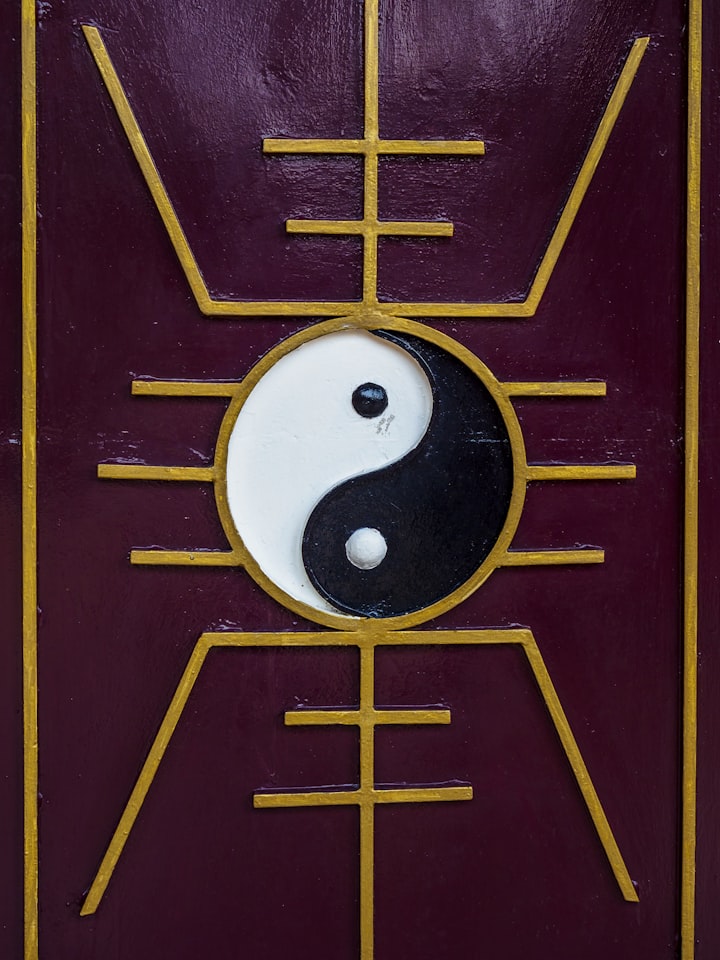
In a world filled with constant hustle and bustle, finding balance and serenity within our living spaces has become more important than ever. Feng Shui, an ancient Chinese practice, offers valuable insights into the arrangement and energy flow of our surroundings. In this article, we will delve into the art of Feng Shui, exploring its principles, practical applications, and real-life examples to inspire you to create a harmonious and balanced home that nurtures your well-being.
If you're interested in new ways to bring about serenity in your space, then this article is for you.
1. Understanding the Essence of Feng Shui:
At its core, Feng Shui is the art of harmonizing our environment with the natural flow of energy, or "chi." It emphasizes the significance of creating a balanced and positive energy flow in our living spaces to enhance various aspects of our lives, including health, relationships, and success.
Real-Life Example: Sarah, a Feng Shui enthusiast, transformed her cluttered and chaotic apartment into a tranquil oasis by implementing Feng Shui principles. Through the thoughtful placement of furniture, decluttering, and the incorporation of natural elements, she experienced a remarkable improvement in her overall sense of well-being.
2. The Bagua: Mapping Energy in Your Home:
The Bagua is a Feng Shui energy map that divides your living space into nine areas, each representing different aspects of life, such as wealth, relationships, and career. By understanding the energy distribution within your home and aligning it with the Bagua, you can make intentional adjustments to promote balance and harmony in specific areas of your life.
Real-Life Example: Mark, a business professional seeking career advancement, discovered that the Career area of his home was cluttered and neglected. By decluttering the space, adding elements of water and incorporating symbols of career growth, he noticed a significant boost in his professional opportunities and a renewed sense of purpose.
3. Balancing Yin and Yang Energies:
Ying and Yang have been a popular topic bouncing about media, in movie portrayals, and even represented in jewelry. In Feng Shui, achieving harmony is centered around balancing Yin (passive) and Yang (active) energies within your home. A balanced combination of these energies creates a harmonious environment that supports relaxation, productivity, and overall well-being. By incorporating both soft, soothing elements and vibrant, energetic elements, you can create a dynamic and balanced living space.
Real-Life Example: Emma, a busy entrepreneur, transformed her home office by integrating both Yin and Yang elements. She combined soft lighting, plants, and comfortable furniture (Yin) with vibrant colors, motivational quotes, and a dynamic workspace setup (Yang). This balance fostered a productive and inspiring work environment.
4. Harnessing the Power of the Five Elements:
Feng Shui incorporates the five elements—Wood, Fire, Earth, Metal, and Water—to create a harmonious energy balance within your home. Each element represents specific qualities and can be strategically introduced through colors, shapes, textures, and materials. By harnessing the power of these elements, you can enhance the energy flow and create a harmonious atmosphere.
Real-Life Example: Alex, a Feng Shui practitioner, introduced the Wood element into his living room by incorporating plants and wooden furniture. This addition brought forth a sense of vitality, growth, and abundance, creating a refreshing and nurturing space for relaxation and socializing.
5. Cultivating a Sacred Space:
Feng Shui encourages the creation of a sacred space within your home, where you can retreat, rejuvenate, and reconnect with your inner self. This space could be a meditation corner, a cozy reading nook, or a designated area for self-reflection and mindfulness practices. By dedicating a space for self-care, you invite positive energy and introspection into your life.
Conclusion:
Feng Shui is more than just interior design; it is a transformative practice that aligns our living spaces with the natural flow of energy. By incorporating the principles of Feng Shui into our homes, we can create harmonious environments that support our well-being, nurture our aspirations, and inspire us to live our best lives. Let the ancient wisdom of Feng Shui guide you on a journey of creating a space that reflects your inner peace and harmony.





Comments
There are no comments for this story
Be the first to respond and start the conversation.